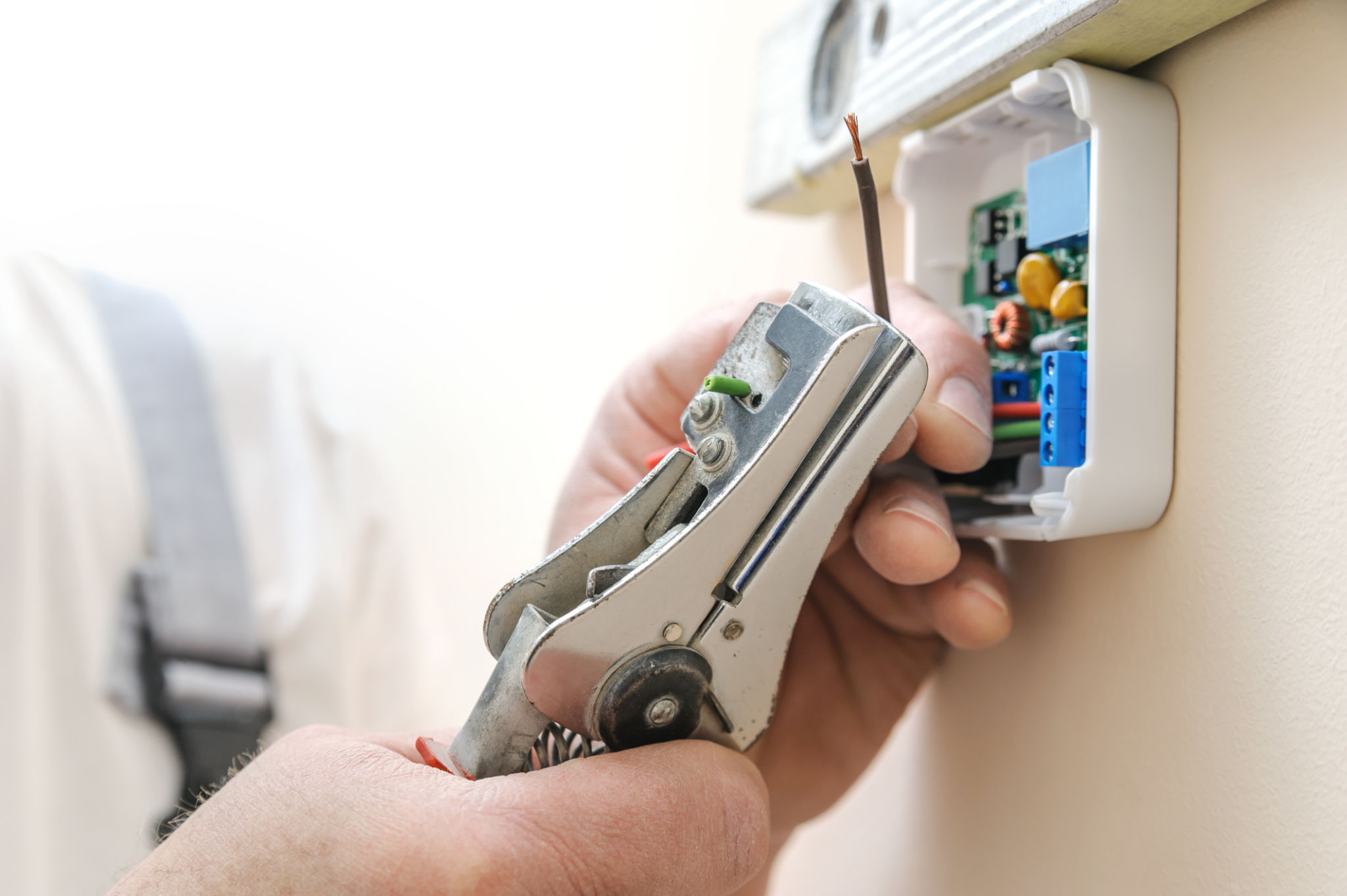The Ultimate Guide to Thermostat Installation and Replacement in Arizona
RA
Why Proper Thermostat Installation Matters
Installing a thermostat might seem straightforward, but doing it correctly is crucial to achieving optimal energy efficiency and comfort in your Arizona home. A properly installed thermostat ensures your HVAC system runs smoothly, helping you avoid costly repairs and reduce energy bills. Whether you’re installing a new thermostat or replacing an old one, this guide will walk you through the essential steps.

Understanding Your Thermostat Options
Before diving into the installation process, it's important to choose the right type of thermostat for your needs. In Arizona, where the climate can be extreme, a programmable or smart thermostat might be the best option. These thermostats allow you to set schedules and remotely control your home’s temperature, ensuring comfort and efficiency.
- Programmable Thermostats: Allow you to customize temperature settings for different times of the day.
- Smart Thermostats: Offer remote access via smartphone apps and can learn your schedule over time.
Tools and Materials Needed
Having the right tools and materials on hand will make your thermostat installation process smoother. Here’s a checklist to get you started:
- Screwdriver set
- Drill (if needed)
- Wire stripper/cutter tool
- Level
- Thermostat mounting hardware

Step-by-Step Installation Guide
Follow these steps to install or replace your thermostat:
- Turn off power: Switch off the power to your HVAC system at the circuit breaker to ensure safety during installation.
- Remove old thermostat: Carefully detach the old thermostat from the wall, taking note of how wires are connected.
- Connect new thermostat: Attach the wiring to your new thermostat following the manufacturer's instructions. Use a level to ensure it’s straight.
- Mount the thermostat: Securely attach the thermostat to the wall using mounting hardware.
- Restore power: Turn the power back on and test your new thermostat to ensure it’s functioning correctly.

Troubleshooting Common Issues
If you encounter any issues during installation, here are some common problems and solutions:
- No power: Double-check that the circuit breaker is on and wires are securely connected.
- Incorrect temperature readings: Ensure the thermostat is placed away from direct sunlight or drafts.
- HVAC system doesn’t respond: Verify that all wires are properly connected according to the manufacturer’s diagram.
When to Call a Professional
While DIY installation is achievable, some situations require professional assistance. If you're uncomfortable handling electrical wiring or if your HVAC system has complex controls, it may be wise to hire a certified technician. This ensures your system remains in top condition and prevents potential damage.
Maintaining Your Thermostat
Once your new thermostat is installed, routine maintenance is key for optimal performance. Regularly dust off your thermostat and check settings to ensure they align with your schedule. For smart thermostats, keep software up-to-date to enjoy new features and improvements.

The Benefits of a Modern Thermostat
Investing in a modern thermostat can significantly enhance your home’s energy efficiency and comfort. With features like remote access, learning capabilities, and energy reports, you can tailor your heating and cooling needs precisely while potentially reducing utility costs.
In conclusion, installing or replacing a thermostat in Arizona is a worthwhile project that offers substantial benefits. By following this guide, you'll be well on your way to enjoying a more comfortable and energy-efficient home environment.
